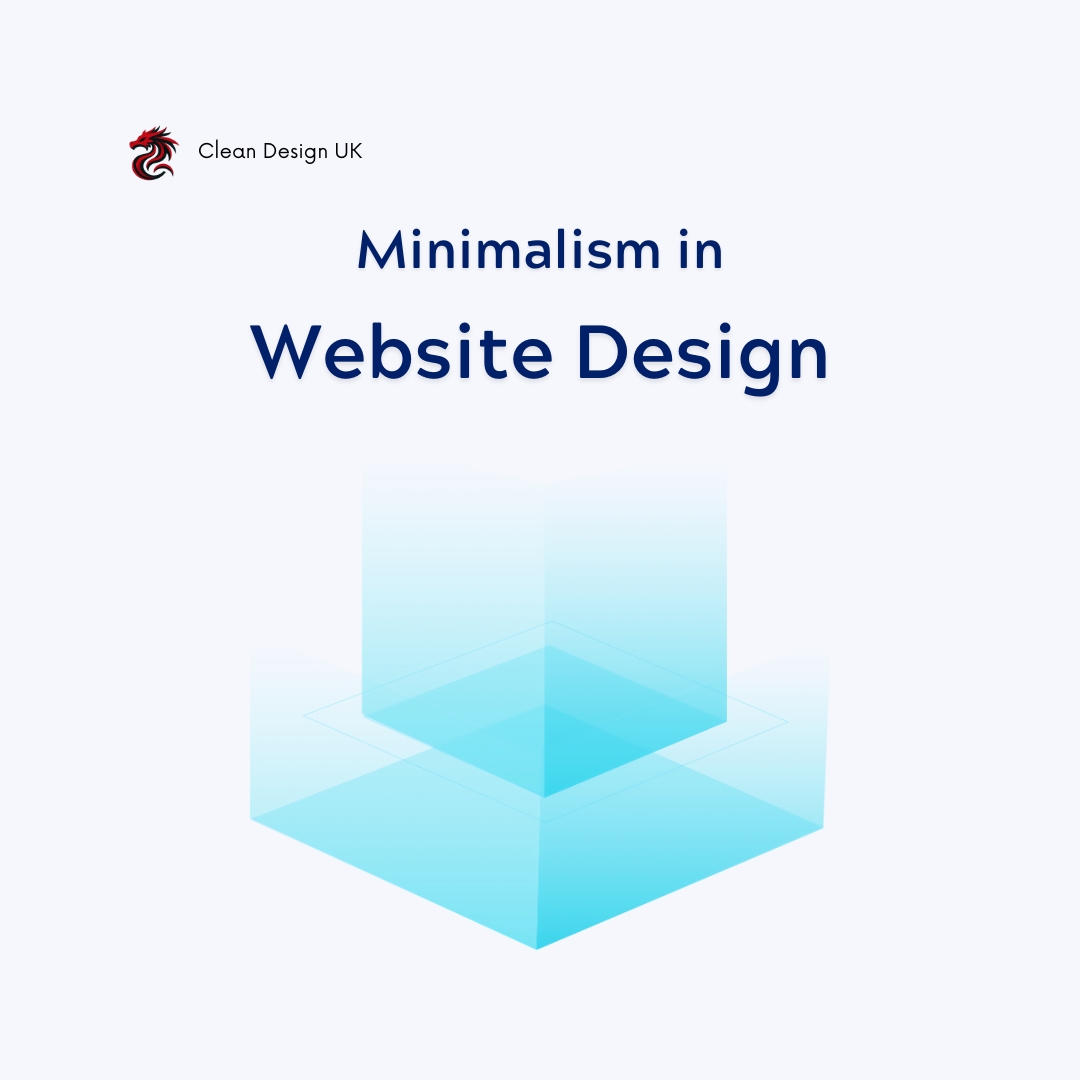Why Minimalist Web Page Design Works in Modern Web Development
Hello everyone! As a developer transitioning from a passionate junior to a more seasoned role, I've come to appreciate the profound impact of minimalist web page design on user engagement and overall website performance. Today, I'd like to delve into why embracing minimalist page design is not just an aesthetic choice but a strategic move that can elevate your digital presence.
Understanding Minimalist Web Page Design
At its core, minimalist web page design is about stripping away the non-essential elements to focus on what truly matters—your content and the user's experience. It's akin to decluttering a workspace; by removing distractions, you create an environment conducive to productivity and focus. This approach emphasizes simplicity, clarity, and ease of navigation, making it effortless for visitors to find what they're looking for.
For a deeper understanding of how minimalism enhances user experience, you might want to read our article on The Importance of User Experience in Web Design.
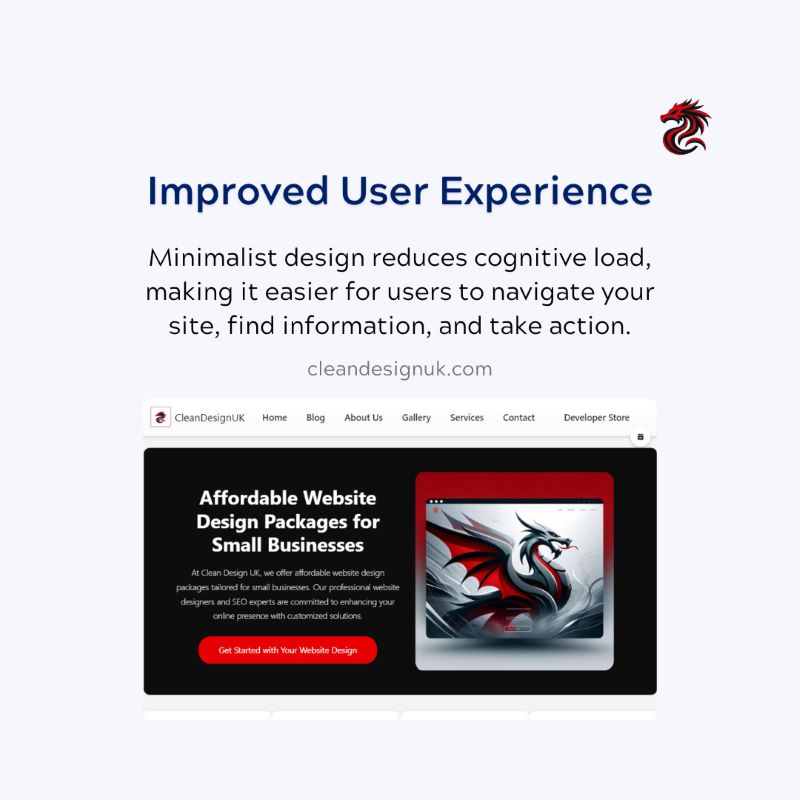
The Benefits of Embracing Minimalist Page Design
Adopting a minimalist page design offers numerous advantages, both for your users and your website's performance:
1. Enhanced User Experience
By eliminating clutter, you make it easier for visitors to navigate your site. This improves user satisfaction and encourages them to stay longer, reducing bounce rates. Our article on 5 Essential Tips for a Successful Website delves into how simplicity enhances user engagement.
2. Faster Loading Times
Minimalist designs typically involve fewer elements and optimized images, leading to quicker page loads. In a world where every second counts, this can significantly impact user retention. Check out our post on Website Health Check: Is Your Site in Top Shape? to learn more about optimizing site performance.
3. Better Mobile Responsiveness
With the rise of mobile browsing, having a design that adapts seamlessly to different screen sizes is crucial. Minimalist designs are inherently more flexible and mobile-friendly. For insights on creating responsive designs, visit our article on Top Web Design Trends for 2025.
4. Improved SEO Performance
Search engines favor websites that load quickly and offer a great user experience. By adopting a minimalist web page design, you're more likely to rank higher in search results. Our comprehensive guide on SEO Basics Every Small Business Should Know explains how design impacts SEO.
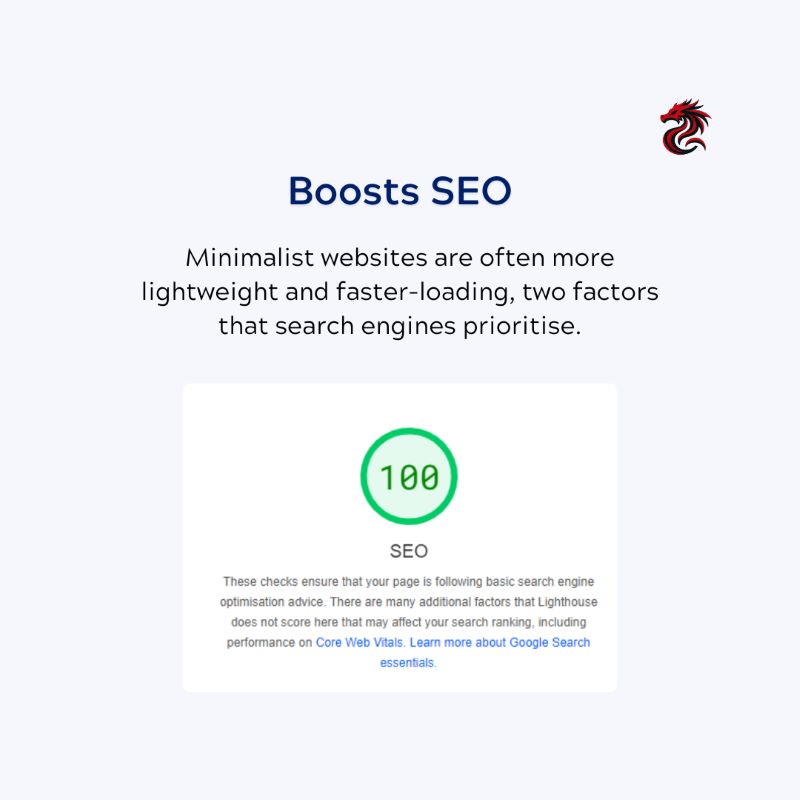
Key Principles of Minimalist Web Page Design
Implementing a minimalist design isn't just about removing elements; it's about making thoughtful choices. Here are some principles to guide you:
1. Focus on Content
Your content is the star of the show. By highlighting essential information, you provide value to your visitors and keep them engaged. Learn how to create compelling content in our post on How to Create Engaging Blog Content That Drives Traffic.
2. Use White Space Effectively
White space isn't wasted space. It helps break up content, making it more readable and less overwhelming. For more on the importance of white space, check out our article What is White Space in Web Design and How Is It Important?.
3. Limit Color Palette
A restrained use of colors can create a cohesive and professional look. It also helps draw attention to important elements like calls to action.
4. Simplify Navigation
Ensure that your navigation menu is straightforward. Visitors should find what they need within a few clicks. Our guide on 5 Essential Tips for a Successful Website offers insights into effective navigation.
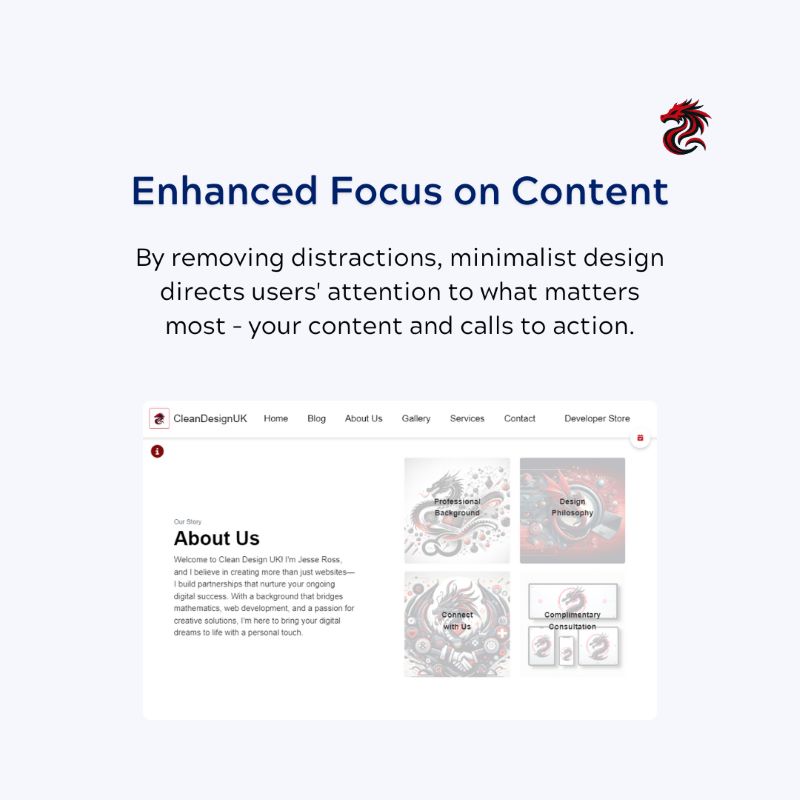
Implementing Minimalist Page Design: A Step-by-Step Guide
Ready to embrace minimalism? Here's how you can get started:
Step 1: Audit Your Current Design
Review your existing website. Identify elements that are necessary and those that can be removed without affecting functionality.
Step 2: Prioritize Essential Elements
Determine the primary goals of your website. Whether it's showcasing a portfolio or selling products, make sure these elements stand out.
Step 3: Choose the Right Typography
Select clean and legible fonts. Typography plays a significant role in the overall aesthetic of a minimalist web page design.
Step 4: Optimize Images and Media
Use high-quality images that are optimized for web use. This ensures fast loading times without compromising visual appeal.
Step 5: Simplify Navigation
Limit the number of menu items. A simple navigation structure enhances user experience.
Step 6: Test Across Devices
Ensure your design looks and functions well on desktops, tablets, and mobile devices.
For additional guidance, our article on Top Marketing Trends for Small Businesses in 2024 offers insights into current design practices.
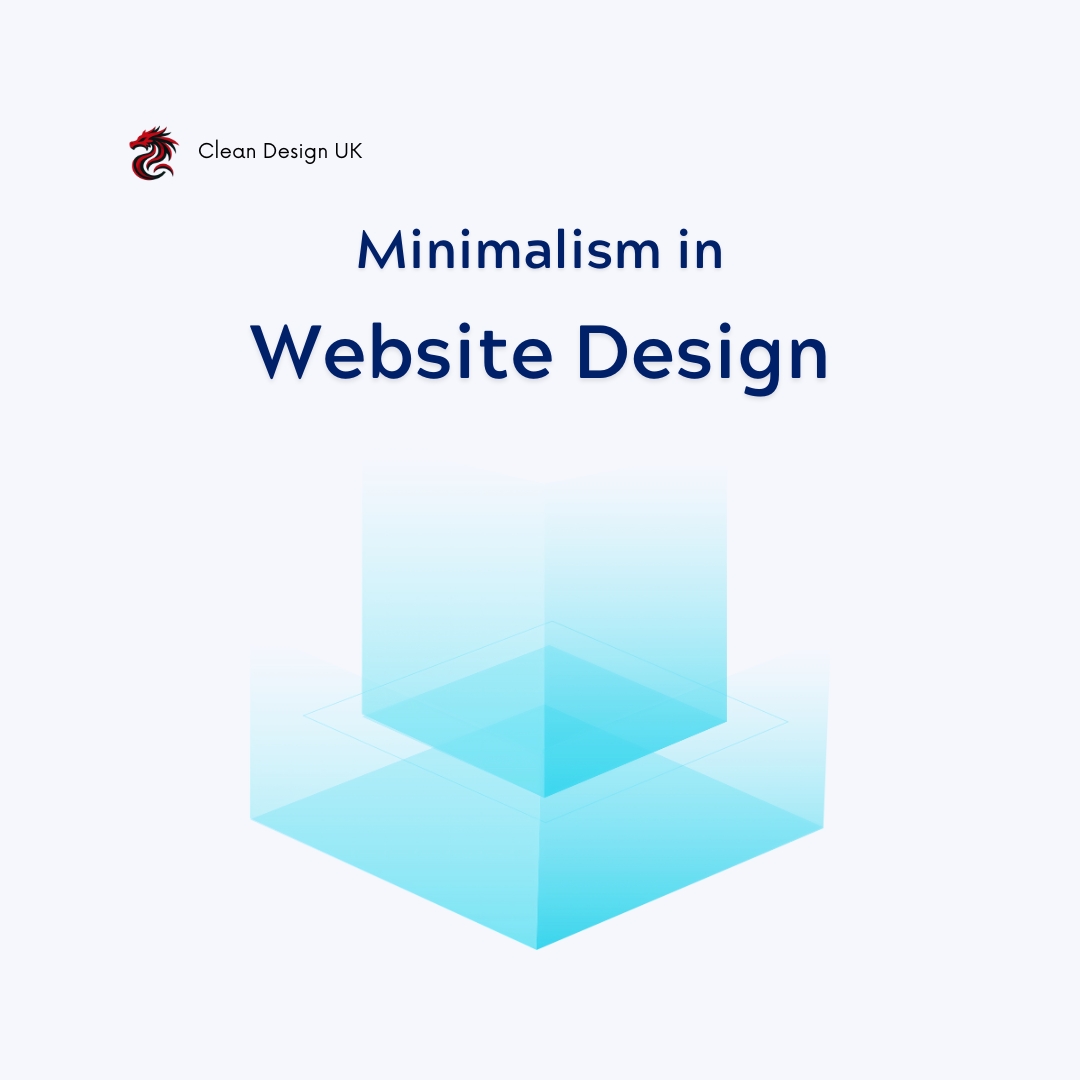
Real-World Examples of Minimalist Web Page Design
Looking for inspiration? Here are some websites that effectively utilize minimalist design principles:
1. Clean Design UK
Our own website embodies minimalist design, focusing on clarity and user experience. See how we apply minimalism to our website.
2. Professional Website Design and Customer Care
This page demonstrates how minimalism can highlight essential services effectively. Understand how we can make you a minimalist website.
3. Website Health Check
See how a minimalist design can improve site performance by visiting our Website Health Check page.
SEO Advantages of Minimalist Page Design
Adopting a minimalist page design doesn't just benefit your users—it also enhances your site's SEO:
1. Improved Site Speed
Faster loading times lead to better search engine rankings. Search engines like Google prioritize sites that offer quick and efficient experiences.
2. Lower Bounce Rates
A clean, easy-to-navigate site keeps visitors engaged, signaling to search engines that your content is valuable.
3. Enhanced Crawlability
Simpler site structures make it easier for search engine bots to crawl and index your pages.
For a comprehensive understanding of SEO benefits, read our article on The Role of SEO in Digital Marketing.
Common Misconceptions About Minimalist Web Design
Despite its benefits, there are some misconceptions surrounding minimalist design:
Myth 1: Minimalism Equals Boring
In reality, minimalism allows your content and key messages to shine, making your site more engaging.
Myth 2: It's Only for Certain Industries
Minimalist design can be applied across various industries, from tech to fashion, enhancing user experience universally.
Myth 3: It Lacks Functionality
A minimalist design focuses on essential functions, often improving usability by reducing complexity.
To debunk more myths, you might find our post on Why Website Maintenance is Essential for Your Business insightful.
How We Can Help You Achieve a Minimalist Web Page Design
Transitioning to a minimalist design can seem daunting, but you don't have to do it alone. At Clean Design UK, we specialize in creating websites that are not only visually appealing but also optimized for performance and SEO.
Interested in learning more? Visit our Services page to see how we can assist you. You can also book a free consultation through our booking page.

Final Thoughts
Embracing a minimalist web page design is more than an aesthetic choice; it's a strategic decision that can improve user experience, boost SEO, and enhance your brand image. By focusing on what truly matters, you create a more meaningful connection with your audience.
If you're ready to take the next step towards a cleaner, more effective website, get in touch with us today. Let's collaborate to bring your vision to life.
